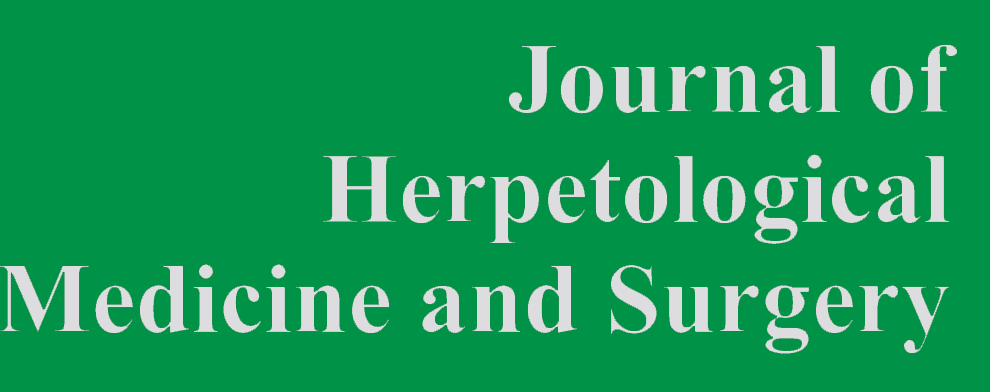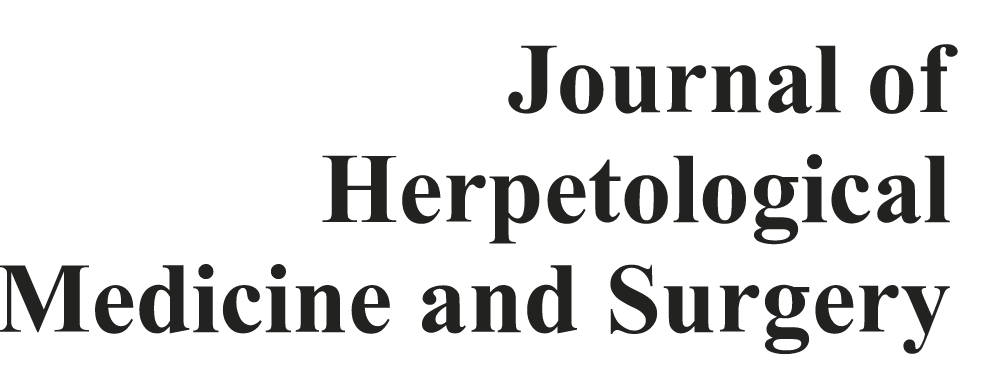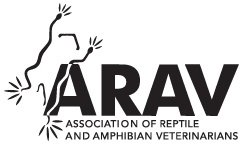Leatherback Sea Turtle (Dermochelys coriacea) Nesting and Health Parameters in St. Kitts, 2003–2016
The St. Kitts Sea Turtle Monitoring Network (SKSTMN) began implementation of a leatherback sea turtle (Dermochelys coriacea) monitoring program in 2003 on the main leatherback nesting beaches on St. Kitts, Keys Beach, and North Friars Beach, West Indies. From March 2003 to July 2016, a total of 2,419 adult female leatherback emergence events were recorded and evaluated. A notable decrease in adult leatherback emergence activity was observed over the course of the study period. The nesting season was documented to range from February to August. April and May were typically the months with the highest frequency of nesting. The number of females individually identified (flipper tagging and/or passive integrated transponder) from 2004–2016 was 259, with a mean curved carapace length (CCL) (n = 720) of 153 cm and mean curved carapace width (CCW) (n = 719) of 113 cm. Remigration intervals ranged from 1–5 yr with a median of 2 yr. For nesting females in St. Kitts over the course of the study period, mean clutch frequency (with standard deviation [SD]) was 3 (SD 2.9) and during a reproductive season was 2.2 (SD 1.44). Mean total number of eggs laid per nest was 113 with mean number of yolked eggs being 83.5 and yolkless 29.3. The mean incubation period was 59.5 days overall (SD 3.5) with a hatch success overall of 16.75%. Relocated nests had significantly lower hatch success than in situ nests and poaching rates decreased over the course of this study. From 2006–2016, a total of 191 blood samples were collected from 118 individual animals. Hematological and plasma biochemical parameters are outlined and changes in values in individuals over the course of nesting seasons and association with remigration intervals are described. The goal of this study was to report on 14 years of leatherback monitoring and determine the baseline health profile of the nesting leatherback population in St. Kitts.Abstract

Sea turtle nesting beaches in St. Kitts, West Indies.

Injury and lesion categories in leatherback sea turtles (Dermochelys coriacea) (a) An example of what was classified as a heavy barnacle load in the left axillary region of a nesting leatherback sea turtle in St. Kitts. Photo by Katherine Garrido. (b) Notch in left front flipper of nesting leatherback sea turtle in St. Kitts. Photo by Alexandra Newton. (c) Linear lesions on nesting leatherback sea turtle carapace in St. Kitts. Photo by Gary Buckles. (d) Partial flipper amputation on left rear flipper of nesting leatherback sea turtle in St. Kitts. Photo by Gary Buckles. (e) An example of proliferative and remodeling lesions on a nesting leatherback sea turtle in St. Kitts. Photo by Katherine Garrido.

Adult female leatherback (Dermochelys coriacea) emergence events by month on Keys Beach and North Friars Beach, St Kitts, 2003–2016.

Yearly median remigration interval for leatherback (Dermochelys coriacea) females observed on night patrols, 2005–2016.

Lesion location frequency for leatherback (Dermochelys coriacea) females, St. Kitts, 2005–2016.

Lesion type frequency for leatherback (Dermochelys coriacea) females, St. Kitts, 2005–2016.

Lesion stage of healing and frequency for leatherback (Dermochelys coriacea) females, St. Kitts, 2005–2016.



